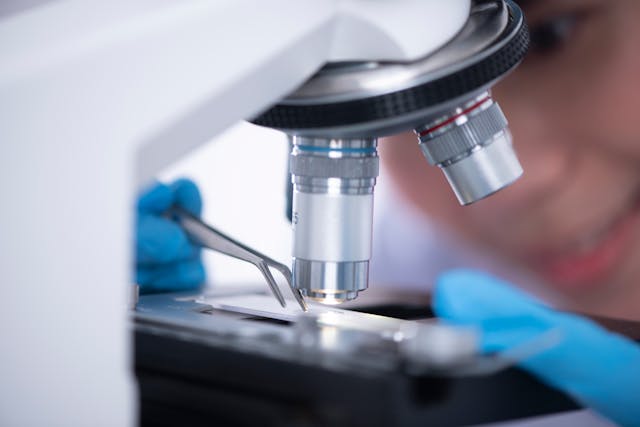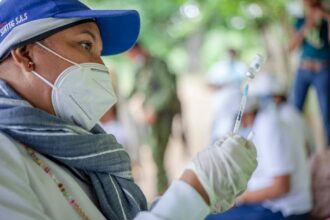Chemotherapy has been known to kill cancer cells by damaging their DNA, leading to cell death. However, new research from the Netherlands Cancer Institute, led by Thijn Brummelkamp, has revealed a previously unknown way cancer cells die. The key to this discovery is the gene Schlafen11 (SLFN11). For almost a century, chemotherapy has been used to treat cancer patients, but this pathway to cell death has never been observed before. Brummelkamp notes that further investigation is required to understand where and when this mechanism occurs in patients, but it could have significant implications for cancer treatment.
Typically, cells with irreparable DNA damage trigger their death through a process regulated by the protein p53, a mechanism often taught in biology. p53 is responsible for repairing damaged DNA and, if the damage is too severe, initiating cell suicide to prevent tumour formation. However, this process isn’t always foolproof. Brummelkamp points out that more than half of tumours have dysfunctional p53, meaning the protein plays no role in those cancers. Yet, cancer cells without functioning p53 still die when exposed to chemotherapy or radiation, which puzzled researchers and led to this study.
Brummelkamp and his team and colleague Reuven Agami sought to uncover why cancer cells without p53 still die after DNA damage. In their laboratory experiments, they administered chemotherapy to genetically modified cells, searching for a genetic change that could allow the cells to survive. By selectively switching off genes, they discovered a new pathway to cell death involving the SLFN11 gene. This pathway bypasses p53 entirely, with SLFN11 shutting down the cells’ protein factories, causing significant stress and leading to cell death.
The SLFN11 gene has been studied before, particularly in chemotherapy resistance. In patients whose tumours do not respond to chemotherapy, SLFN11 is often inactive. Brummelkamp’s research now explains this link: without SLFN11, cells do not die after DNA damage, allowing cancer to persist. This discovery highlights a potential new target for cancer therapies to overcome chemotherapy resistance by activating or restoring SLFN11 function in cancer cells.
While this breakthrough is promising, many questions remain. The discovery was made using lab-grown cancer cells, and researchers now need to investigate how this pathway operates in actual patients. Key questions include where and when the SLFN11 pathway occurs in patients and whether it interacts with existing treatments like immunotherapy. If this new form of cell death proves to be significant in patients, it could change the way certain cancers are treated and potentially reduce the side effects of cancer therapy.
The discovery also underscores the importance of fundamental research in advancing cancer treatment. Brummelkamp’s team used haploid cells containing only one copy of each gene to deactivate genes and identify their functions precisely. This method has led to important discoveries in cancer research, including viral entry into cells and immune system regulation. By continuing to investigate the SLFN11 pathway and different mechanisms of cell death, researchers hope to develop more effective, personalised cancer treatments in the future.
More information: Nicolaas Boon et al, DNA damage induces p53-independent apoptosis through ribosome stalling, Science. DOI: 10.1126/science.adh7950
Journal information: Science Provided by Netherlands Cancer Institute








